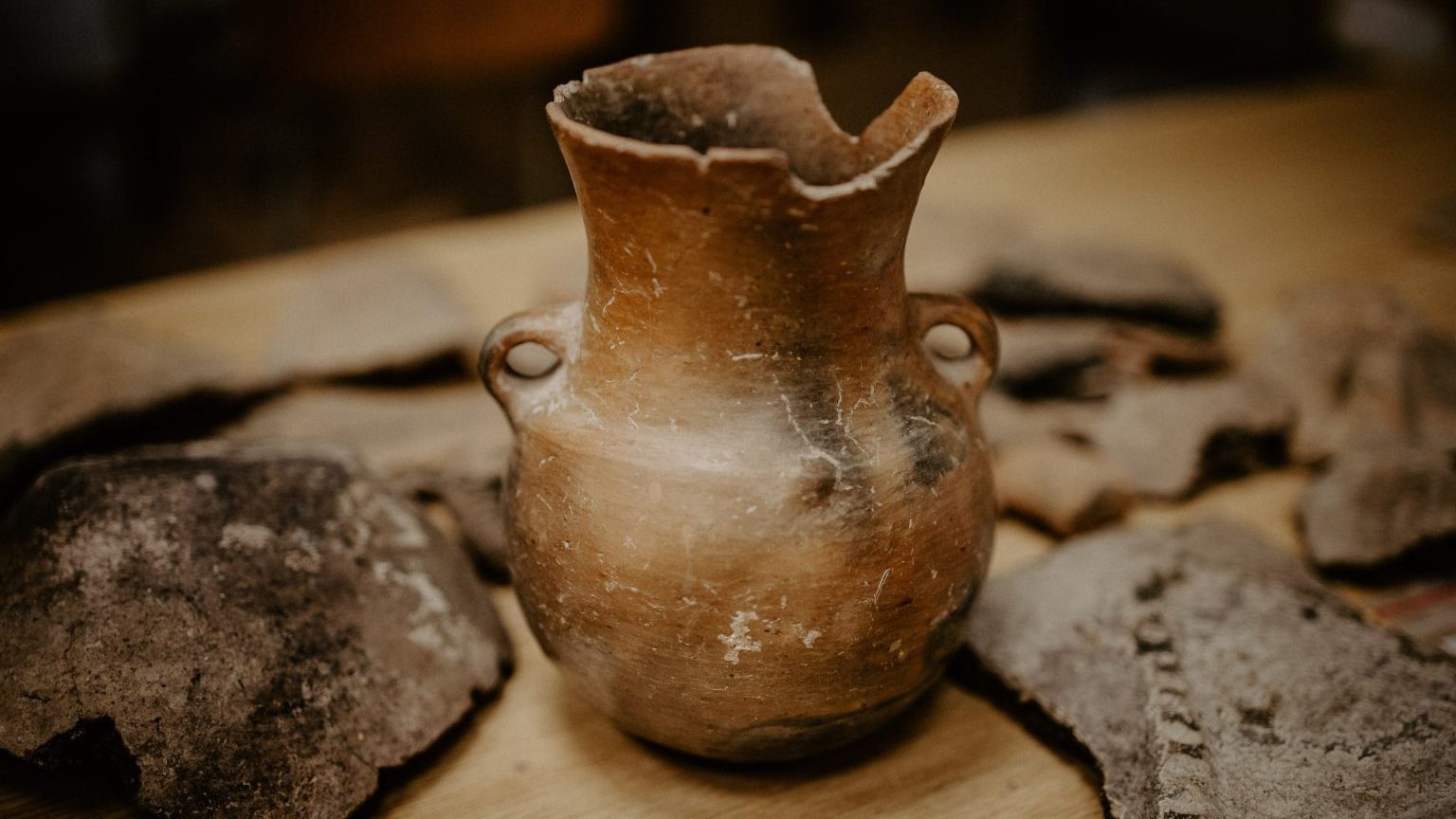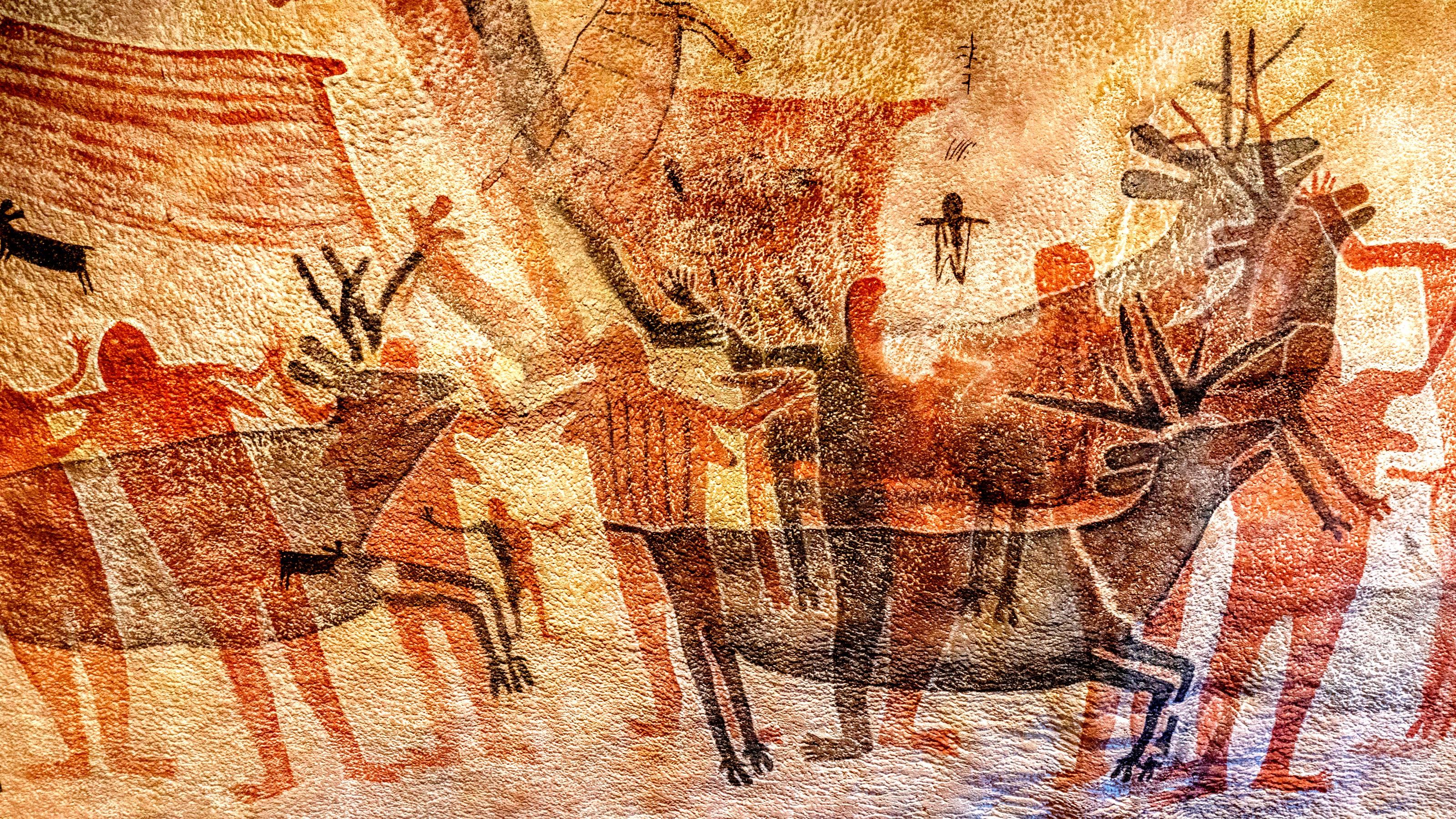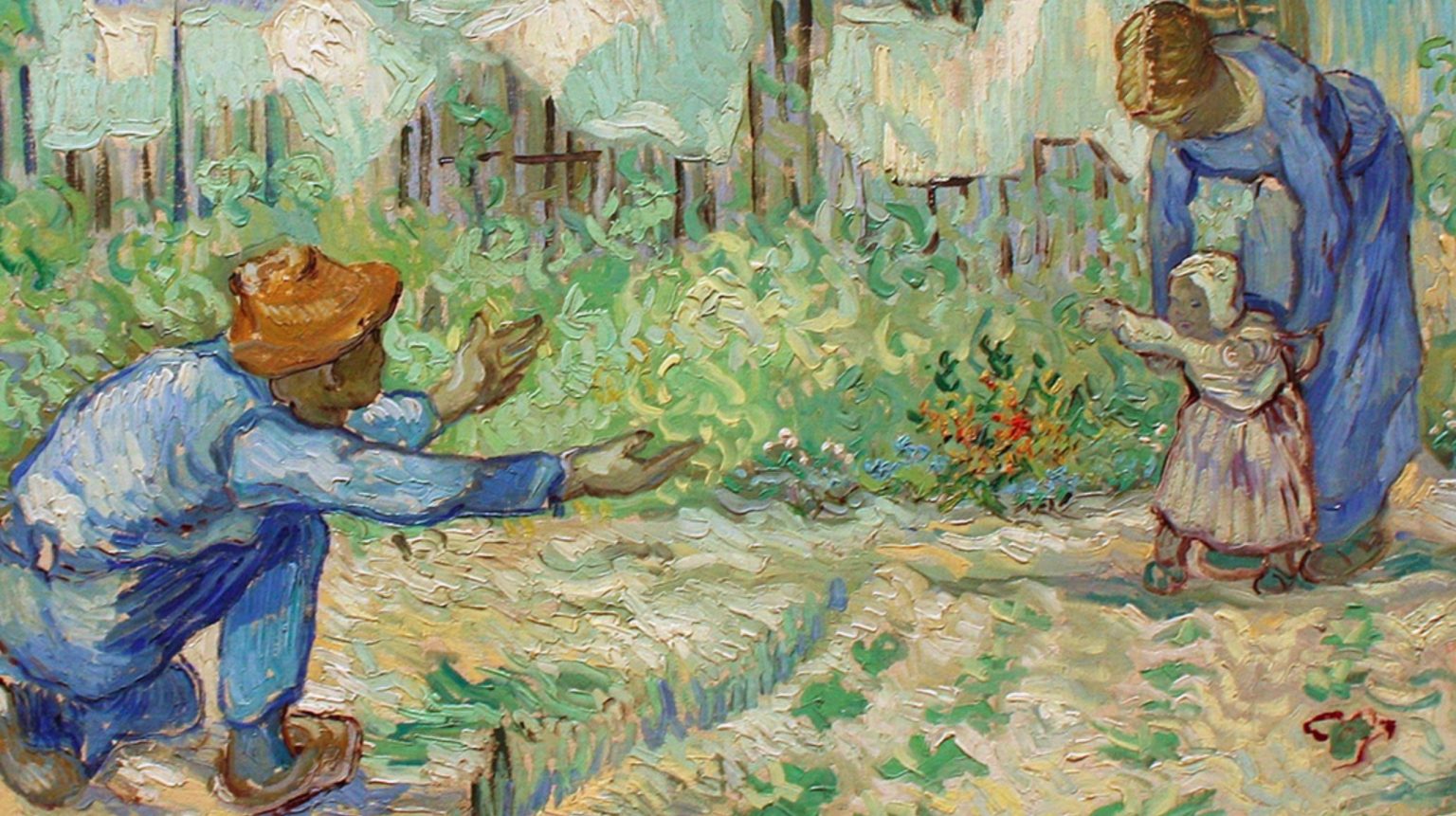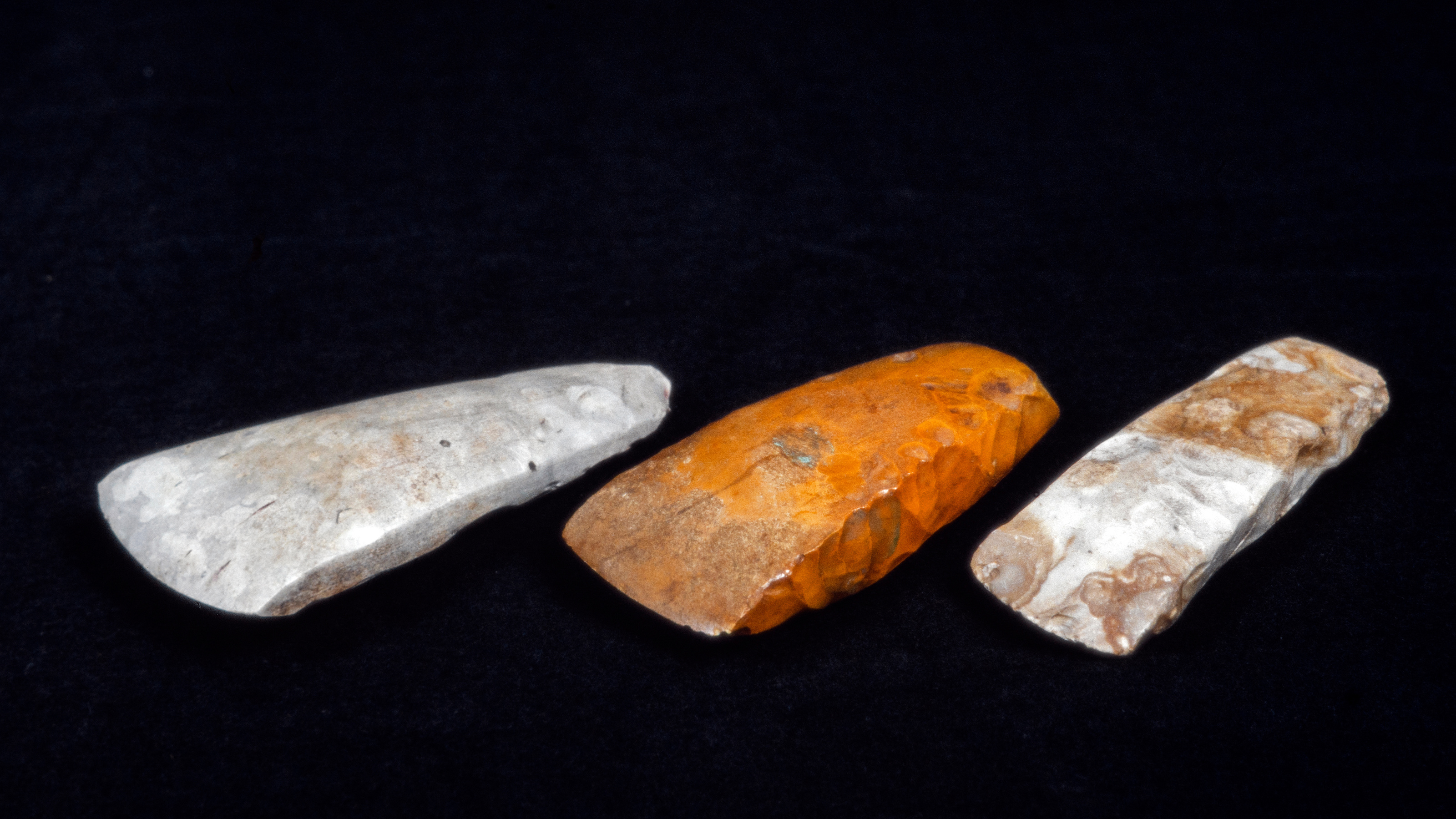Busting the “male hunter, female forager” myth once and for all
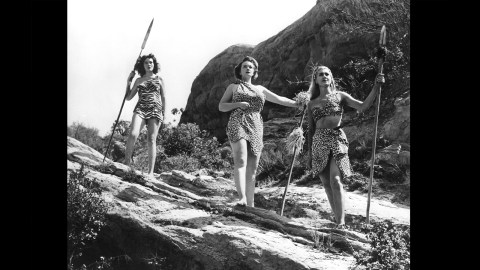
- Archaeological and ethnographic research disputes the paradigm that only men were hunters, showing women's significant role.
- One study found that out of 27 grave sites with hunting tools, 11 were women's, prompting a reassessment of archaeological assumptions.
- Another revealed that women participate in hunting in 79% of modern hunter-gatherer societies.
Hunting was one of the engines that drove the evolution of Homo sapiens. It is widely believed that consuming cooked meat empowered humans to develop bigger brains. And who was doing the hunting? Well, the bold, strong, violent men, of course.
The paradigm that men hunt while women forage and take care of children is deeply entrenched, but in reality, the concept has been extinct for decades, at least among anthropologists. Mounting evidence from prehistoric research increasingly supports the notion that women, in numerous cultures worldwide, were just as involved in bringing home the prehistoric bacon as their male counterparts.
You know what they say about assuming
The extent to which the “man the hunter” narrative is ingrained in our thinking is illustrated by the following story. Dr. Randy Haas, an archaeologist at Wayne State University, and his research team found a grave site in modern-day Peru, in which a 9,000-year-old individual was buried with an array of impressive hunting tools. Dr. Haas recalled the incident to NPR, saying, “We all just assumed this individual was a male. Everybody is sitting around, saying things like, ‘Wow! This is amazing. He must have been a great hunter, a great warrior. Maybe he was a chief!’”
Then, one of the co-authors, a specialist in bone structure, pointed out that “he” actually might be a “she.” So, the team conducted a protein assessment that unequivocally determined that this potential King of the hunters was a Queen.
Haas was stunned. If his team so easily had jumped to conclusions, how many others were doing the same? The finding motivated him to review similar burial sites across the Americas to see how often females were buried with hunting tools. The team reviewed scientific papers over the past 70 years that detailed grave sites with hunting tools. They found that the Peruvian grave site wasn’t out of the ordinary. Of 27 grave sites of individuals buried with hunting tools, 11 belonged to women.
One of the papers they examined described the grave of an 11,000-year-old individual in present-day Colorado. The anthropologists were stumped, as the individual was buried with a pointy stone tip under her head. The item had all the characteristics of a hunting tool — except that it was associated with a female. “Since the burial has been determined to be a female, the inclusion of a projectile point preform has been difficult to explain,” wrote the original authors. So they concluded it was a kitchen tool, but Haas’ team reclassified it as a hunting tool. Overall, Haas determined that 30% to 50% of ancient Americans buried with hunting tools were women.
Women on the hunt
Dr. Cara Wall-Scheffler, an anthropologist at Seattle Pacific University and the University of Washington, wondered if the pattern gleaned from the archaeological record extends to the present day. Her team used ethnographic reports, written by anthropologists who have received permission to live alongside hunter-gatherer societies, to find data on hunting patterns. Likewise, her research, published in PLoS ONE, showed that women in most modern hunter-gatherer societies participate in hunting, including hunting for big game.
The team selected 69 hunter-gatherer societies located across the world, on every continent except Antarctica. They found that women engaged in regular hunting in 79% of them. The authors noted that women were highly skilled, often employing specialized toolkits and distinct strategies.
The hunt for truth
It is easy for misconceptions to be treated as absolute truths. When one perspective dominates the narrative, it can solidify into an unquestionable fact, even after it has been debunked. (Indeed, long-retracted papers are still cited in major journals.) Old habits die hard, but die they must if we are to find the truth.
